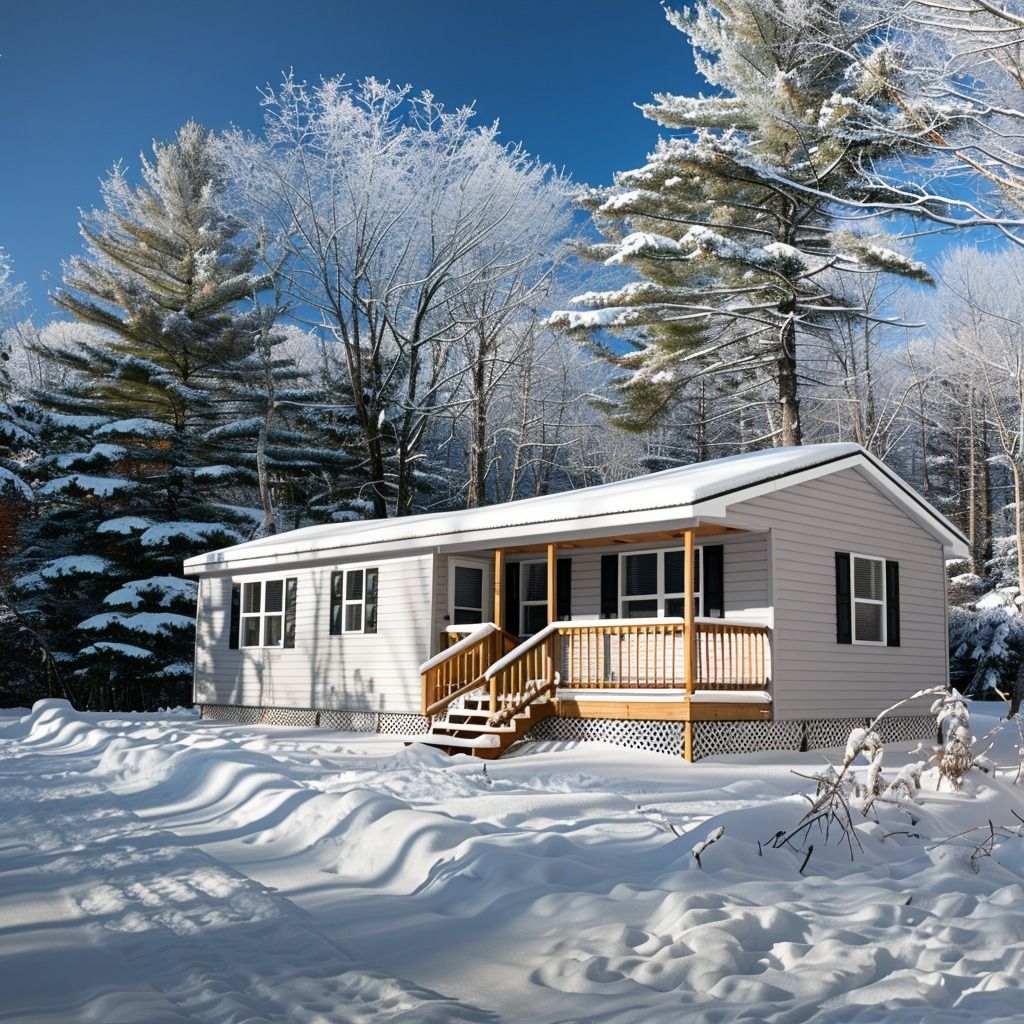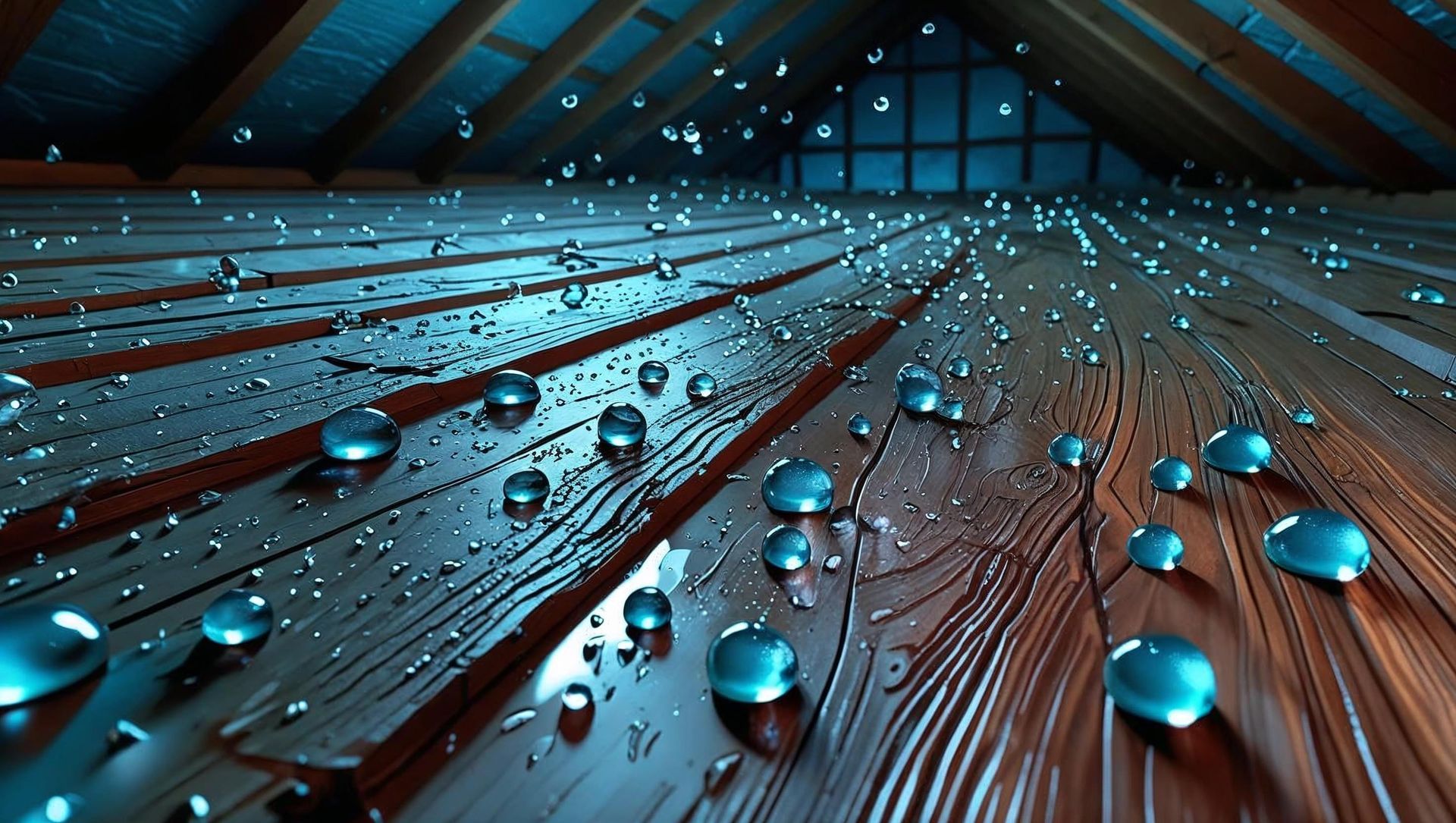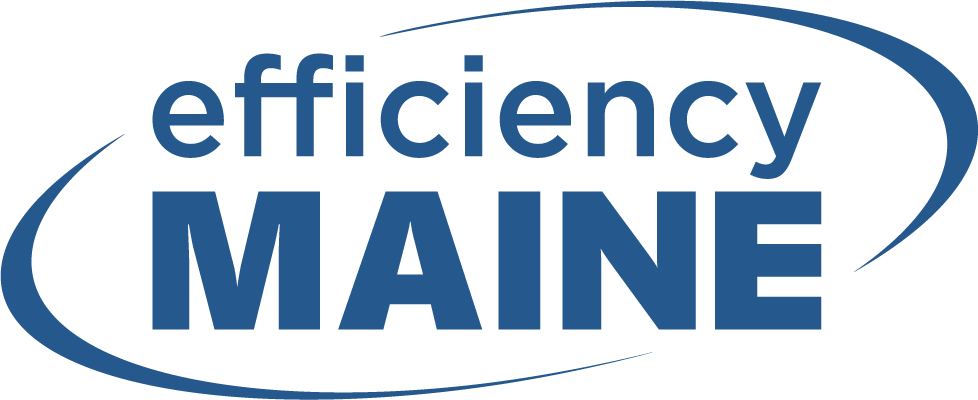How Much Does It Cost to Insulate a Mobile Home
Matthew Fournier 12/15/22
Battling the Draft: The Case for Insulating Your Mobile Home
Imagine stepping into your mobile home to escape the cold, only to find that the draft follows you inside. Different rooms have a different feel, and the heating bill brings a new chill of its own. You're aware that insulation can help, yet the upfront cost is too much. The promise of a lower electric bill is great, but the immediate cost is too much. If you find yourself feeling this way, know that options and assistance are available, especially if you reside in Maine.
Unlock Savings with Efficiency Maine
For Maine residents, there's relief in the form of a government program for home owners and mobile home owners. The Efficiency Maine Program is critical for Maine residents, covering between 40% to 80% of the costs associated with insulating your home or mobile home. The additional 20% of costs may be covered by municipal in material rebates. Combining the two programs for some homeowners leads to 0 out of pocket costs. This initiative is designed to alleviate the financial costs of upgrading your home's insulation, making it easier for those on a tight budget.
If you are a Maine resident, you can find out how much of a rebate you qualify for by starting the Efficiency Maine application here. There is no obligation to starting the application. You’ll find out how much you qualify for and learn more about the next steps if you choose to claim your rebate.

Insulation Costs Across the Board: A Detailed Guide
For mobile homeowners outside of Maine, the costs of insulation depends of a few things. What are the specific areas requiring insulation, the materials selected for the job, the mobile home's size, and the prevailing labor costs in your locality? Below, we look at potential costs, breaking them down by area and highlighting key considerations. Please note, these are just examples. Actual costs will vary by location, material costs, and labor cost.
Roof/Ceiling Insulation: $1,500 - $3,000
- Importance: The roof is a critical area for heat loss and gain. Proper insulation here can significantly impact your home's overall energy efficiency.
- Materials: Options vary from traditional insulation to spray foam, each offering different insulation levels (measured in R-values) and price points.
- Labor Considerations: The complexity of your roof's structure may influence installation costs.
Underbelly Insulation: $1,000 - $2,000
- Significance: Insulating the underbelly helps in preventing cold floors and protecting pipes from freezing.
- Material Choices: Rigid foam, spray foam, and traditional insulation are common selections, with each material suited to different needs and budgets.
- Installation Challenges: Accessibility and the need for vapor barriers can affect the cost.
Wall Insulation: $2,500 - $4,000
- Critical Factors: Walls are key to preventing heat from escaping. Adequate insulation can also reduce noise from outside.
- Options: From blown-in cellulose to spray foam, the choice of material will depend on your insulation goals and wall structure.
- Labor and Installation: The method of insulation (e.g., drilling for blown-in insulation) and the home's layout can influence the price.
Windows and Doors Upgrade for Better Insulation: $1,000 - $5,000
- Efficiency Impact: Drafty windows and doors can undermine your insulation efforts. Upgrading can seal leaks and improve thermal performance.
- Upgrade Options: Energy-efficient windows and doors come in various styles and efficiency ratings, affecting their cost.
- Installation Factors: The number of windows and doors and the ease of installation will play significant roles in the total expense.
Considerations and Tips
- Prioritizing Areas: Focus on areas with the most significant heat loss first, typically the roof and walls.
- Material Selection: Higher R-value materials offer better insulation but at a higher cost. Balance your budget with your energy savings goals.
- Labor Costs: Obtain multiple quotes to ensure you're getting competitive rates for your area.
- Long-term Savings: While the upfront cost is an important consideration, also evaluate the potential energy savings over time. Efficient insulation can reduce heating and cooling bills significantly, offering substantial savings in the long run.
While these cost ranges serve as a general guide, the specific expenses for insulating your mobile home will depend on individual circumstances. Careful planning and consideration of the factors mentioned above will help you make informed decisions that meet your needs and budget.
Why the Efficiency Maine Program is a Must
For Maine residents, the Efficiency Maine Program not only offers financial assistance but also peace of mind. Understand that the program operates on a fixed budget, which means once the allocated funds are depleted, the assistance is no longer available.
The benefits of the Efficiency Maine Program extend beyond just financial savings; they include living in a more comfortable, energy-efficient home, contributing to environmental conservation, and enhancing the value of your mobile home.
Start Your Efficiency Maine Application
Don't let this opportunity slip through your fingers. Starting your application is the first step toward achieving a more insulated, energy-efficient, and comfortable mobile home. Use the form below to get started. Remember, all mobile homeowners are guaranteed a minimum of a 40% rebate, with many qualifying for 80% to 100%. However, these benefits are contingent on the availability of funds. Act swiftly to secure your spot in the program before the funds are fully utilized and ensure your eligibility for significant savings and an enhanced living environment.
Start My Efficiency Maine Application








